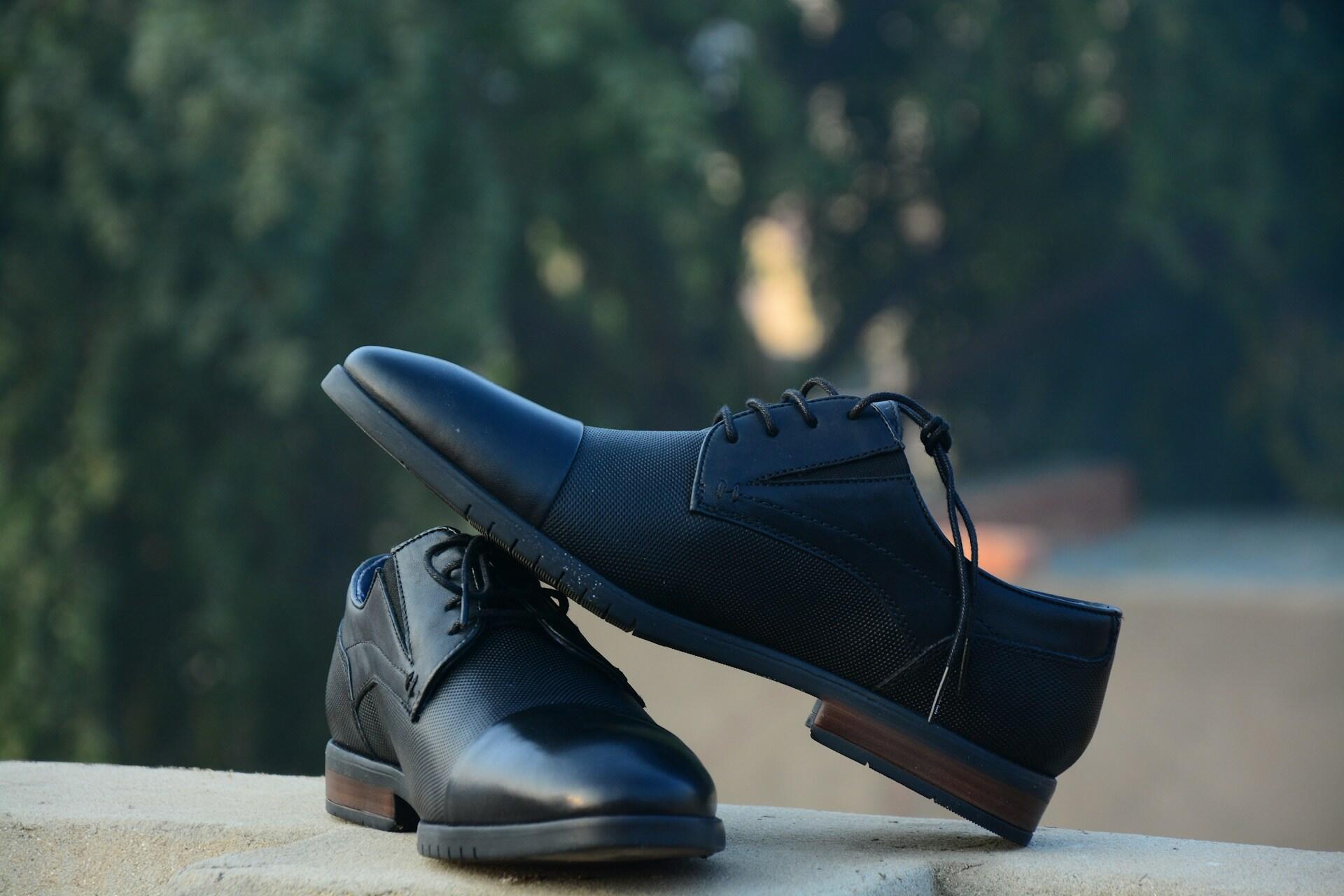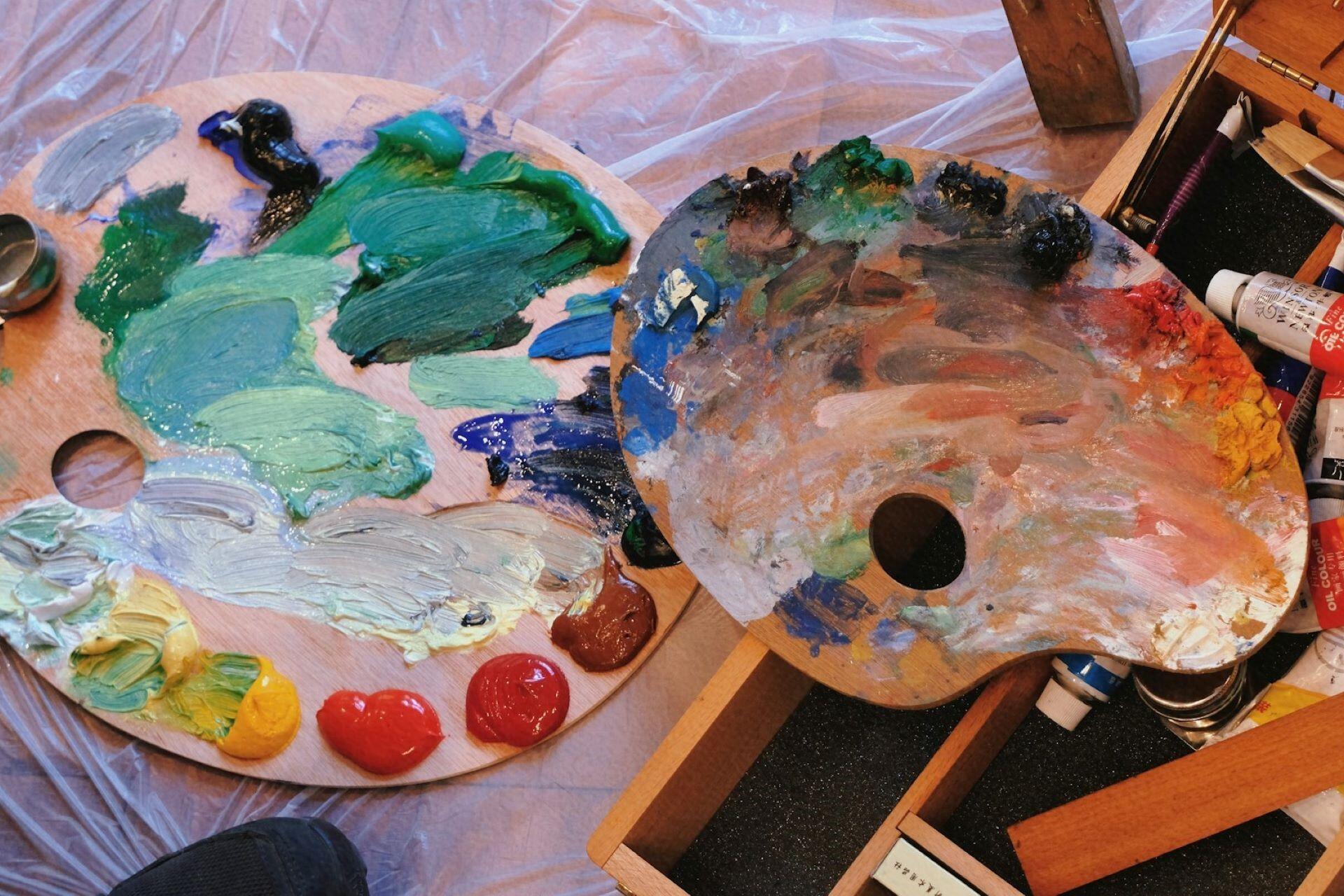If you've already mastered the basic greetings in Irish, you can move on to more of the fun vocabulary topics: learning the colours in Irish. You can use colours to describe everything around you, from the green hills, the blue sky, or your favourite red jumper. Colour words or dathanna in Irish, are in daily conversations about everything from songs to the country's national flag. Whether you're learning Irish for school, travel, or to find out more about the broader Celtic culture, Irish colours are easy enough to remember.

Basic Colour Vocabulary
While the Irish colours have equivalents in English, remember that, when learning any language, translations aren't always direct, and Irish colours often have distinct cultural associations and specific contexts. For example, there are two different words for green and two for red!
words for red and for green.
The 11 Main Irish Colours
The following are some of the most frequently used colours in Irish with their English equivalents and phonetic guides. Once you've learned some basic Irish greetings, these will become the foundation of your vocabulary when it comes to describing things like people, objects, and places. Later on, you can start adding modifiers like geal (bright) or dorcha (dark) to the colours.
| Irish | English | Pronunciation |
|---|---|---|
| Dearg | Red (objects) | /dʲaÉ¾Ë ÉÉ¡/ |
| Rua | Red (hair/animals) | /É¾Ë uÉ/ |
| Oráiste | Orange | /ËÉÉ¾Ë aËÊtʲÉ/ |
| Buà | Yellow | /bË iË/ |
| Glas | Green (natural) | /É¡lÌªË asË / |
| Uaine | Green (artificial) | /ËuÉnʲÉ/ |
| Gorm | Blue | /É¡ÉÉ¾Ë ÉmË / |
| Corcra | Purple | /ËkÉÉ¾Ë kÉ¾Ë É/ |
| Bándearg | Pink | /ËbË aËnʲaÉ¾Ë ÉÉ¡/ |
| Liath | Grey | /lʲiÉh/ |
| Bán | White | /bË aËnË / |
| Donn | Brown | /dÌªË Éɲ/ |
| Dubh | Black | /dÌªË ÊvË / |
Using Colours in Sentences
In Irish, unlike English, colour adjectives usually come after the noun they describe. For example:
- Carr dearg – a red car
- Hata gorm – a blue hat
- Bróg dhubh – a black shoe
- Madra donn – a brown dog

To express preference or talk about colours generally, use the word dath (colour):
- Is maith liom an dath oráiste. – I like the colour orange.
- Is dath geal é an buí. – Yellow is a bright colour.
- Tá mo sheomra gorm. – My room is blue.
Grammar and Gender Rules for Irish Colours
Knowing the primary colours in Irish is one thing, but you also have to understand how they behave in different sentences. In Irish, colour words often act as adjectives, which means they come with the same rules as other adjectives, like agreeing with the gender, number, and the case of the noun that they describe. As a key part of Irish grammar, you need to know it if you want to make sentences sound natural and fluent. They usually appear after the noun, but they'll also change spelling or form depending on whether the noun described is masculine, feminine, or plural.
Agreement and Lenition
When a colour describes a masculine noun, it keeps its basic form:
- bád bán – a white boat (bád = masculine)
- léine dhearg – a red shirt (léine = feminine)
However, with feminine nouns, adjectives are typically lenited, which means adding an “h” after the first consonant of the adjective to soften the sound. For example:
- bróg dhubh – a black shoe (bróg = feminine)
- teach bhán – a white house (teach = feminine noun causing lenition*)

When the noun is plural, Irish often uses a slightly different adjective form (especially in older or dialectal Irish). Still, in everyday speech, most learners use the same base form.
Irish colour adjectives always match the noun they describe. Feminine nouns cause lenition (adding “h”), while masculine nouns do not. This agreement helps identify gender and pronunciation patterns in spoken Irish.
Light and Dark Modifiers
You can make your descriptions of Irish colours more specific by using geal (bright/light) and dorcha (dark) after the colour word. You'll see that these work a lot like the English adjectives “light” and “dark”, and can make your language use more complex. Try them out and look for them in famous Irish sayings.
Examples:
- gorm dorcha – dark blue
- glas geal – light green
- donn dorcha – dark brown
- liath geal – light grey
In Irish, the words geal and dorcha come after the colour. So instead of “light blue,” you say gorm geal. These modifiers make your colour descriptions more precise and natural.
Cultural and Everyday Uses of Colours
Like all aspects of language, the colours in Irish are also tied to the culture. The colours themselves reveal a lot about Irish life, history, and identity, with certain colours carrying meaning and appearing in common phrases and slang. From national symbols like the Irish flag to describing hair or animal colours differently from English, it's paramount that you're aware of these connections and how they're more than simply vocabulary words for the language that you're studying.
The Irish Flag Colours
The Irish tricolour (bán, glas, and oráiste) is central to the country's identity and arguably the most recognisable colour combination. Each of the flag's colours represents an idea:

When you describe the flag in Irish, you can say:
- Bratach na hÉireann tá bán, glas, agus oráiste inti. – The flag of Ireland has white, green, and orange in it.
representing peace, Catholics, and Protestants.
Red and Brown in Irish Culture
You'll have noticed that Irish has more than one word for red, with the distinction being key to how the colour is perceived culturally. Studies have shown that speakers of languages that distinguish colours differently actually perceive said colours with greater nuance. Hence, it's essential to recognise these key distinctions.
Examples:
- Gruaig rua – red hair
- Léine dhearg – a red shirt
- Cat rua – a ginger cat
Similarly, donn (brown) is often used for earthy or natural shades. It's used in Irish idioms and nature descriptions, and is a fine example of the country's rural history.
Irish uses rua for natural red (like hair or fur) and dearg for artificial or bright red (like flags or paint). This subtle difference reflects how closely the language connects to nature.
Regional Variations and Modern Use
Across different regions, the words for colours in Irish can differ slightly. Depending on where you're learning the Irish language, you might know other words for colours. You'll see the words for colours being different.
- In Connacht, uaine is often used instead of glas for green.
- In Munster, gorm (blue) can also mean “dark green” in some older dialects.
Practice Sentences and Learning Tips
Once you've memorised the colours in Irish, put them into context and start using them. Remembering the vocabulary itself is only part of learning any language. Luckily, colour words appear in all kinds of situations any day of the week, so you have lots of opportunities to use them. Try reading these aloud to get used to how Irish sounds when colour adjectives follow the nouns:
- Tá mo chat dubh. – My cat is black.
- Is maith liom an bríste donn. – I like the brown trousers.
- Tá an spéir gorm agus geal. – The sky is blue and bright.
- Feicim teach buí in aice na habhann. – I see a yellow house by the river.
- Tá an fheirm glas dorcha. – The farm is dark green.
- Tá mo hata oráiste. – My hat is orange.
- Is maith liom an dath corcra. – I like the colour purple.

Tips for Remembering Irish Colours
As with any language, there are ways to remember new vocabulary. While every learner is different, there are a few different options. Here are our recommendations.
- Connect each word to a familiar image.
- Glas → grass → green
- Gorm → stormy sky → blue
- Donn → down-to-earth → brown
- Practise saying pairs or opposites.
- Geal agus dorcha – light and dark
- Dubh agus bán – black and white
- Use songs and games.
- Irish children often learn colour words through rhymes and games like Céard é an dath? (What's the colour?). Listening to songs or videos naturally reinforces pronunciation.
- Keep a vocabulary notebook.
- Write down each new colour, its English meaning, and an example sentence. Add pronunciation notes and practise regularly.
Learning the colours in Irish will help you describe the world better. It's also a great way to start building confidence using Irish grammar and pronunciation. Keep practising these colours, and if you find yourself struggling, remember that you can always enlist the help of an Irish tutor on Superprof! With most offering the first session for free, you can try a few potential candidates before choosing the one that's right for you. After all, when learning a language, it's important that you get on well with your teacher or tutor because you'll likely spend a lot of time talking to them, even if it's just saying what colour certain things are!















